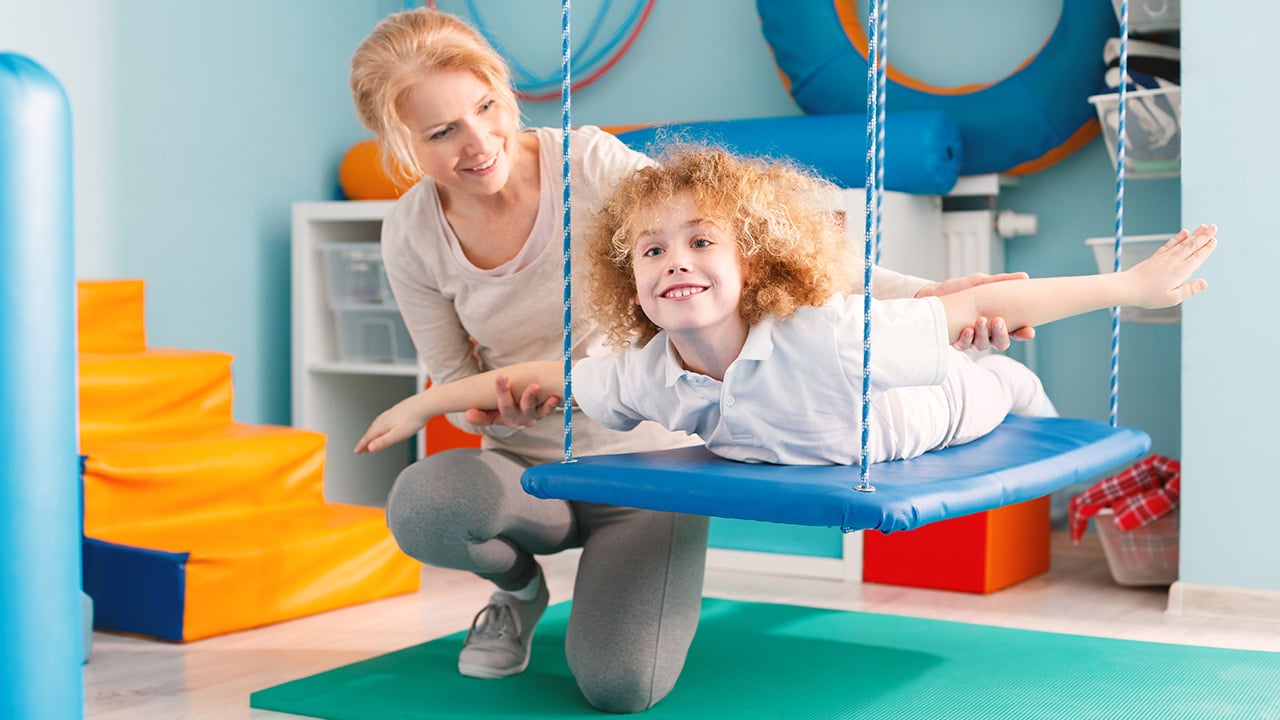- Doctors & Departments
-
Conditions & Advice
- Overview
- Conditions and Symptoms
- Symptom Checker
- Parent Resources
- The Connection Journey
- Calm A Crying Baby
- Sports Articles
- Dosage Tables
- Baby Guide
-
Your Visit
- Overview
- Prepare for Your Visit
- Your Overnight Stay
- Send a Cheer Card
- Family and Patient Resources
- Patient Cost Estimate
- Insurance and Financial Resources
- Online Bill Pay
- Medical Records
- Policies and Procedures
- We Ask Because We Care
Click to find the locations nearest youFind locations by region
See all locations -
Community
- Overview
- Addressing the Youth Mental Health Crisis
- Calendar of Events
- Child Health Advocacy
- Community Health
- Community Partners
- Corporate Relations
- Global Health
- Patient Advocacy
- Patient Stories
- Pediatric Affiliations
- Support Children’s Colorado
- Specialty Outreach Clinics
Your Support Matters
Upcoming Events
The Rosenberry Annual Conference: Pediatric Anxiety - Exploring Innovative Evidence Based Treatments (Hybrid)
Friday, May 3, 2024This conference will review innovative and evidence-based treatment for...
-
Research & Innovation
- Overview
- Pediatric Clinical Trials
- Q: Pediatric Health Advances
- Discoveries and Milestones
- Training and Internships
- Academic Affiliation
- Investigator Resources
- Funding Opportunities
- Center For Innovation
- Support Our Research
- Research Areas

It starts with a Q:
For the latest cutting-edge research, innovative collaborations and remarkable discoveries in child health, read stories from across all our areas of study in Q: Advances and Answers in Pediatric Health.


What Is Sensory Processing Disorder in Kids?

Everyone has sensory preferences — whether it’s a food you don't like, a sound that makes you cringe or a type of fabric you find uncomfortable. It’s normal to have likes and dislikes when it comes to the sensory input we receive from our environment.
Kids, in particular, tend to have strong opinions about the things they like — for example, crackers and sweets — and the things they don’t. (Vegetables? No thanks!) But when preferences start to impact daily function, cause an outsized reaction or lead to behaviors that affect their health or safety, that could be a sign that a child is experiencing sensory processing challenges or sensory processing disorder (SPD).
“In general, sensory processing is how your body and brain interpret all the information coming at you from your environment and from inside your own body,” says occupational therapist Amy Lowell, MS, OTR/L, sensory integration and autism clinical practice specialist. When a child has difficulty processing that information, it may cause them to overreact or underreact, impacting their ability to respond appropriately to sensory stimulus, regulate their emotions and participate in daily activities.
An introduction to the eight — yes, eight — senses
Growing up, we are taught about our five basic senses:
- Sight (visual system)
- Touch (tactile system)
- Hearing (auditory system)
- Smell (olfactory system)
- Taste (gustatory system)
These physical senses help keep us safe by providing information about what’s happening in our environment. But there are also three “hidden” or internal sensory systems that impact everything from our body awareness and balance to how we manage and regulate our emotions.
Vestibular
The vestibular sensory system impacts balance, motion and movement. Kids who are over-responsive to vestibular sensory input might avoid certain movements, like swinging or spinning, or find it scary. Kids who are under-responsive in this area might seek out more vestibular input through intense or repetitive bouncing, jumping or rocking. Children who have difficulty making sense of the information they are getting from their vestibular systems may have issues with balance or coordination, which can make activities, such as riding a bike or playing sports, challenging.
Proprioception
Proprioception is the information that we’re getting from our muscles and joints, which helps us understand where our bodies are in space. It also tells us the appropriate amount of pressure or force to use in an action or activity.
Kids who have a hard time making sense of the information they are getting from their muscles and joints may appear clumsy or use too much force when hugging, throwing a ball or closing (slamming!) a door. Kids who are under-responsive in this area might seek out physical touch and enjoy roughhousing or crashing into things, like couches, beds or cushions. Having poor proprioceptive awareness and difficulty understanding where your body is in space can make it hard to participate in recreational activities.
Interoception
Interoception refers to your ability to recognize information from inside your body. This includes physical cues from your organs, including “I’m hungry” or “I need to go to the bathroom,” as well as emotional cues, such as “I’m feeling frustrated” or “I’m tired.”
Kids who are not effectively processing the signals their body is sending them may not recognize cues related to hunger, illness, internal discomfort or pain, or bowel and bladder function. They also may have difficulty recognizing and naming their emotions, because they aren’t able to truly feel sadness, fear or excitement, for example. Children who are sensitive to their internal signals might be acutely aware of any feeling outside of their norm. For example, these kids might have a lower pain tolerance or be known as “deep feeling” kids.
How we process information from our senses and decide what to do with it
Our senses not only provide information about our surroundings, but they also help us determine how to respond to the information we receive. This is called sensory reactivity or sensory modulation: the way we process, regulate and respond to sensory stimulus. “It has a protective function,” Lowell says. “It impacts our overall arousal state, attention and that fight-flight-freeze mechanism.”
Now that you have this sensory information, what are you going to do with it? That’s also a function of our sensory system. For example, if you’re walking along a sidewalk and see a tree branch blocking your path, your visual sensory system will note the obstacle and send information to your brain so you can move around it. If you’re at home and smell smoke, your brain will recognize that as potentially dangerous, and you’ll react accordingly.
Kids with sensory processing disorder are either over-sensitive or under-sensitive to a particular sensory stimulus, which impacts how they react to the information they receive. This is sometimes referred to as being "sensory avoidant" or “sensory seeking.” But Lowell points out that it’s not quite that simple. Our sensory systems are vast and complex, and that means that everyone’s sensory profile — their preferences and reactions — is unique.
“Just because you are over-responsive to touch doesn't mean that you're going to be over-responsive to sound. And just because you have challenges with your vestibular system, doesn't mean that you're going to have challenges with your tactile system," Lowell says. “Every sensory profile is different.”
There are also physiological factors that make a child more likely to have an outsized reaction to sensory input. For example, if they’re tired, hungry or sick, the threshold for what they can handle is lower. “That's where meltdowns, tantrums or other behaviors will start to occur,” Lowell says.
How is sensory processing disorder diagnosed in kids?
Sensory processing disorder is not recognized in the Diagnostic and Statistical Manual of Mental Disorders (DSM) — the handbook used by healthcare providers to guide the diagnosis of mental health conditions. That means that there is no set diagnostic criteria for SPD. However, occupational therapists who specialize in sensory processing are well equipped to complete a thorough evaluation should these concerns impact a child’s ability to successfully participate in their daily routines.
While many medical professionals may make a diagnosis of SPD, including your primary care doctor, a child who is experiencing sensory processing challenges is usually referred to an occupational therapist for assessment. Caregivers may be asked to fill out a questionnaire about their child that covers all the sensory systems, as well as functional items, such as how they like to play and interact with their peers. The occupational therapist will also assess the child’s gross motor and fine motor skills and come up with a plan on how to best support them.
Sensory processing disorder and neurodivergent conditions
Sensory processing disorder often co-occurs with other conditions that fall under the umbrella of neurodiversity — specifically autism spectrum disorder and attention deficit/hyperactivity disorder (ADHD). However, just because a child has sensory processing issues, that doesn’t necessarily mean they have another neurodivergent condition.
“We know that oftentimes, individuals with autism also have sensory processing challenges,” Lowell says. “But you can also have sensory processing challenges without having autism.”
Lowell also notes other factors may make a person more likely to have sensory processing issues. For example, kids with might be triggered by loud sounds or a specific smell, causing an overreaction to that stimulus. Children who spent a long time in the neonatal intensive care unit as a baby might be oversensitive to touch or struggle with movement. There are also many children who present with sensory processing challenges who have not experienced any of these scenarios.
How to help a child with sensory processing disorder
Kids who have sensory processing challenges often see improvement through consistent occupational therapy (OT). They might also be referred to physical therapy, behavioral health therapy, speech therapy or other therapies, depending on their needs.
Occupational therapists take a two-pronged approach to supporting children with sensory processing challenges, Lowell says. The first is remediation. “How can we make things better or help their body process information more effectively?” she adds. The second is compensation: What adaptations can a child or their family make to lessen the impact of sensory triggers? That might mean wearing earplugs or buying clothes without tags.
OT sessions can often look like a child is just playing. Sensory gyms include padded floors, climbing walls, slides, swings, balance beams and more. But clinicians are gathering important information while working with the child. “The therapists are really skilled at following a child's lead and figuring out what they're really interested in, and then making it what they need it to be from a clinical perspective,” Lowell says.
Understanding your child’s ‘sensory budget’
Through OT sessions, the provider may help determine what Lowell likes to call a “sensory budget,” otherwise known as a sensory diet. We all have sensory experiences that fill us up (deposits) or wear us down (withdrawals). When a kid’s sensory budget gets depleted, whether that’s from going to school, trying a new food or not sleeping well, they need to make a deposit to ensure they don’t overdraw the account. “From a sensory lens, if we can fill up that account, we know that we'll have something in the bank, quite literally,” Lowell says.
For example, if you know your kid often has a meltdown after they come home from school, you can be prepared with an activity that you know will deposit more energy into their account. For one kid, that might be some quiet time cuddling with a caregiver on the couch. Others might prefer exercising or jumping on a trampoline. Your kid’s sensory budget is unique to them.
Ideally, over time, your child will learn to recognize their sensory challenges and seek out accommodations or activities that make them feel better so they can keep their sensory budget balanced.



 720-777-0123
720-777-0123






